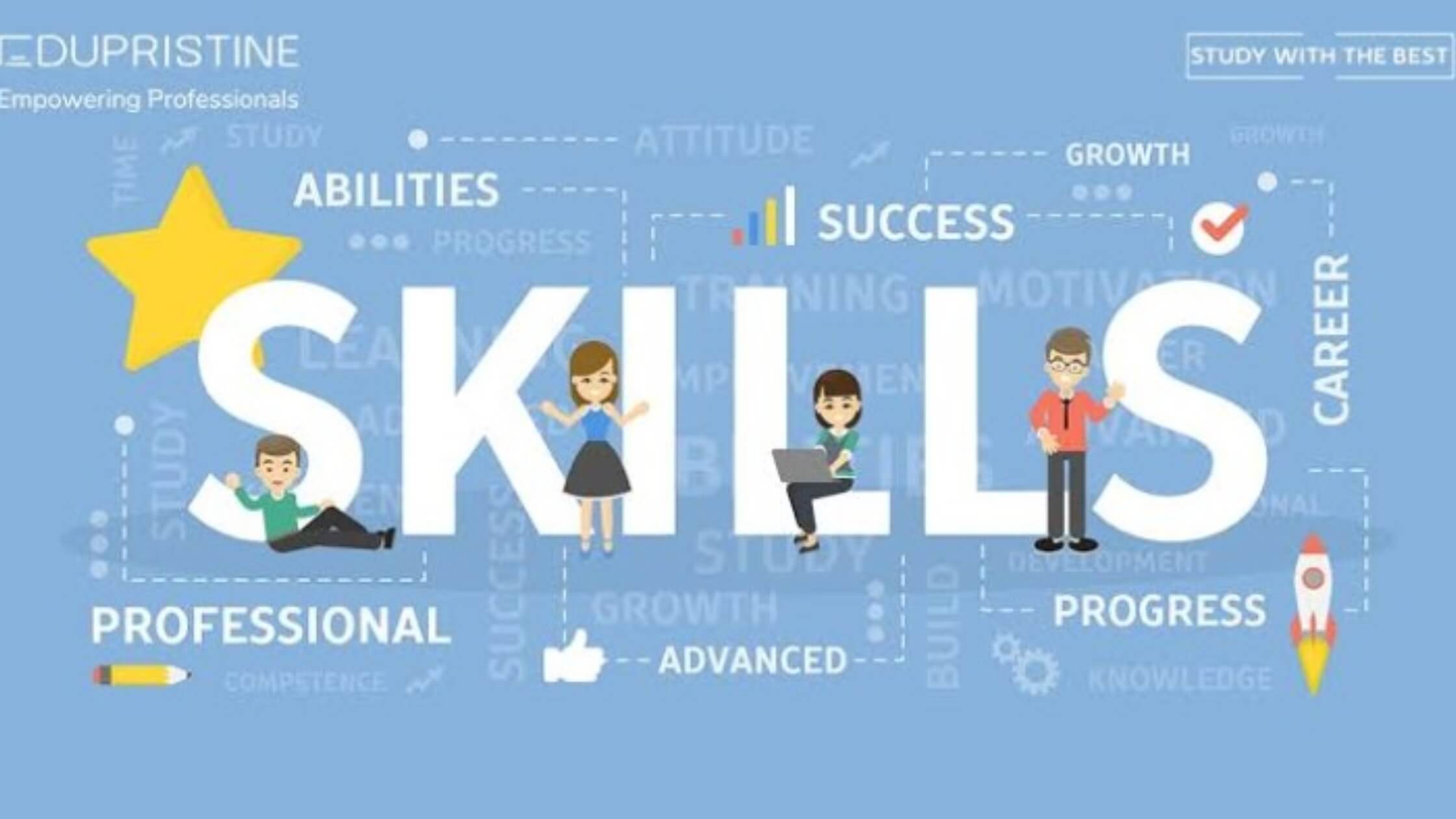There are two main ways you can progress in your career! The Internal Passage (working your way through the company) or the External Runway (leveraging on your exposure and experience from one organisation to another).
Some organisations, dependent on their organisational structure, have clear career paths internally that are guided by learning and development initiatives, key performance indicators, margins, and set guidelines to qualify for promotions. However, not all progression happens internally; professionals who do not see internal growth opportunities for one reason or another, utilise the exposure gained, and use it as leverage and secure new positions in other organisations.
The Internal Passage is a popular choice for employees and employers. Firstly, because they have already developed relationships with co-workers, demonstrated a track record of Key Performance delivery to leverage on for future promotion, and already understand the corporate culture of the environment. From an employer’s perspective, it’s financially viable to promote within because an increment in an employee’s remuneration would work out to be much more cost effective than recruiting for a new hire externally.
On the negative side, internal passage career progression can cause complacency and stagnation if you are not being technically challenged. Career progression doesn’t always mean career fulfilment; your job title may change but your exposure to something new may be limited. Another factor could be a capped remuneration if an organisation uses a pay grading system. What this means for employees is that though you have had a salary increase within your organisation, you could still be earning less than market rate as opposed to professionals with your expertise working in another organisation or sector.
External Runway is the fastest way to career fulfilment when you leverage on the exposure you have received from your current and previous work experiences. It also provides the opportunities to expand your commercial business knowledge because you would be exposed to new sectors and stakeholders. Employers always like individuals who have developed a core expertise and have demonstrated success in cross-sector environments.
Unlike Internal Progression, the External Runway also creates room for manoeuvring in terms of negotiating your remuneration. If you leverage successfully on the value you can bring to an organisation based on your expertise, an organisation will have the budget that either meets your expectations or comes considerably close.
Joining a new organisation comes with its own factors for the newbie, some of which include, adaptation to new corporate culture, office politics, and management styles. No matter how much a recruiter, or a hiring manager, sells the role to you, you never can really understand an environment until you experience it first-hand, and it may not be what you expected, or it could be even better.
Though it is relative and debatable, it usually takes longer to make internal transfers, and to apply for internal opportunities. The pressure is on you to demonstrate the value you sold as leverage during the recruitment process and make notable contributions in your current department to justify the move.
When strategically expanding their organisation or making some internal changes for operational efficiency, employers have a number of factors they consider. Here are a few concerns that do arise:
The Job Hopper – From an external runway perspective, you can come across as someone who doesn’t stay long enough to make your mark. What experience could you possibly have to leverage on when you haven’t been there long enough to quantify it as a skill.
The Stagnant & Complacent – Being in an organisation too long shows dedication, and the ability to ride the rough with the smooth. It also gives your specialism authenticity because you’ve thrived in an environment where you have mastered your skill set. However, it can be seen that you may not be adaptable to change management initiatives and may not be susceptible to innovation.
The Jack of all Trades and a Master of None – This impression can be created if you have done little bits of everything but have not homed in on a particular skill. While some roles give room for generalist skill sets (such as HR, and Finance), if the skills are too far apart in specialism, it gives room to question your competence and authenticity.
For example: If you are a HR Manager, you would have overall experience in Learning and Development, Recruitment & Selection, and Payroll, etc. If you decide to specialise in a particular area, it wouldn’t be questioned because these areas of specialism are all components that make up the overall HR function.
However, if you worked in Construction as a Technical Field Engineer for 1 year, then worked as a Finance Manager for 7 months, then worked as a Personal Assistant for 2 years, there is no relational or transferable skills acquired to justify the moves made. Firstly, because the skills are broad; and secondly, you were not in the position long enough to master any of the skills to be deemed a specialist or expert moving forward.
When mapping your career, there is no right or wrong way towards progression. However, there are strengths and weaknesses that determine the suitability of your candidacy; not just as an individual but in comparison to the other talented professionals who seek the same career fulfilment. Running at the sign of difficulty will always be an obstacle that you will face no matter where you go; and if it’s not rectified, you will crumble under pressure and be professionally labelled ‘a job hopper’. So, instead of running, look into different ways and development courses that teach you how you can manage conflict.
Knowing when to bow out is also a skill; you have to gauge when you have made significant contributions to the organisation. Before seeking pastures new, it’s important that you have thoroughly gained enough exposure in that organisation to leverage on, and this can only be mastered through practise, and with time. But do not let time pass to a point you have become stagnant and scared of challenging yourself. That, in itself, can be professionally labelled as someone who is ‘complacent’ and unable to adapt to change.
The Career Development Pathway to career fulfilment can be achieved by combining the Internal Passage and External Runway. The key is to ensure that you are leveraging on your value and executing the deliverables that make a significant impact that depicts the tone of your professional legacy.



